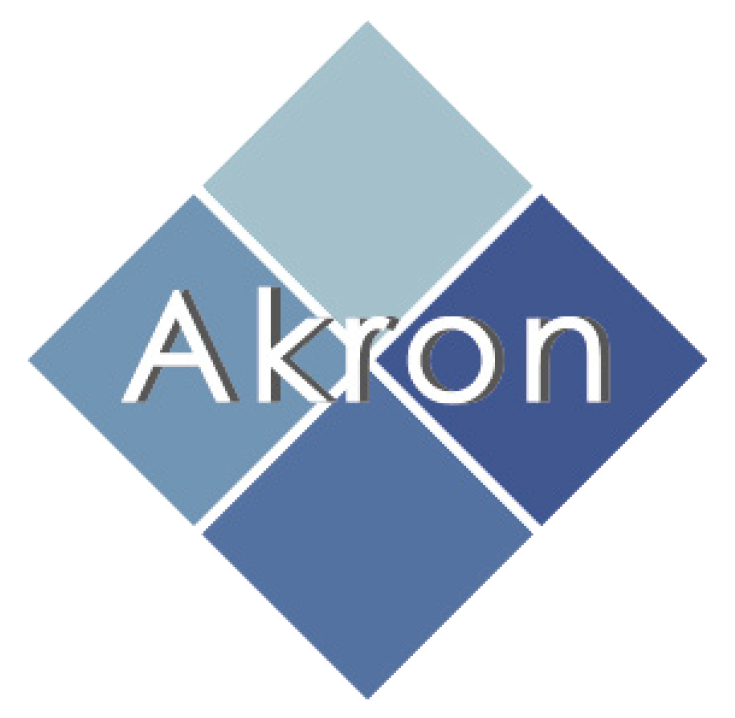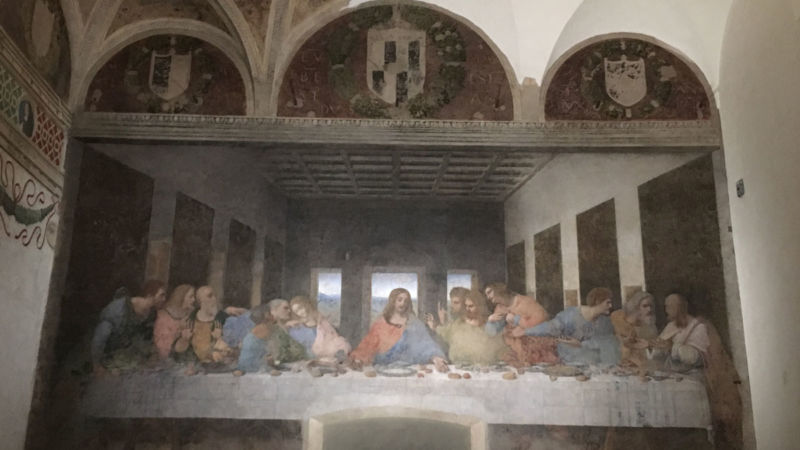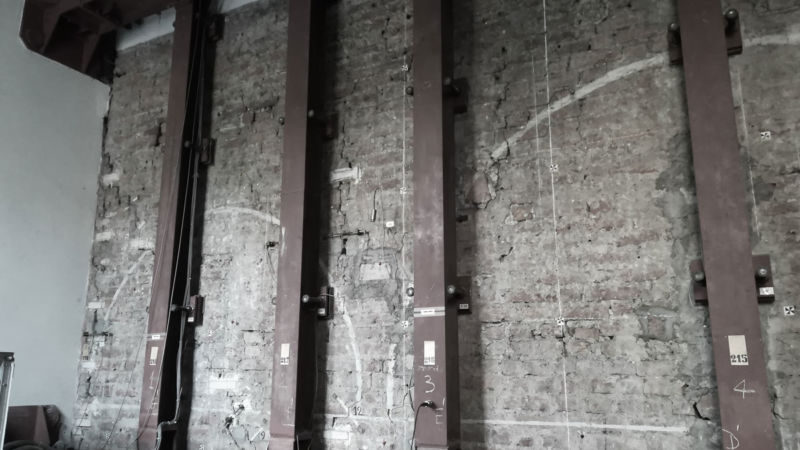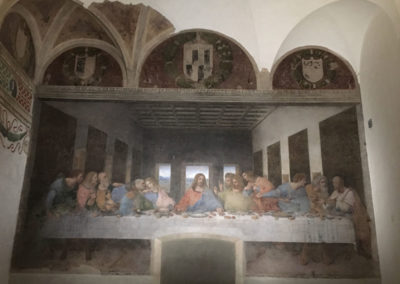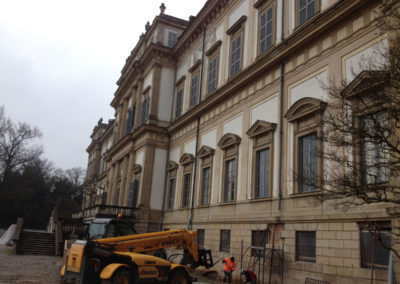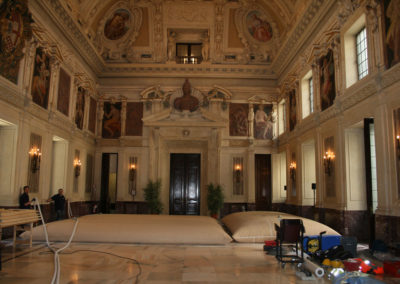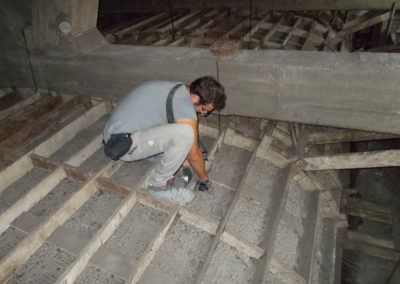Cenacolo Vinciano
Client:
MUSEO VINCIANO
Place and date:
Italia – Milano. 2018 – ongoing
Services:
Structural monitoring of the Cenacolo Vinciano wall and adjacent structures.
A highly performing system is proposed with the following features: Modularity, Scalability, Dynamic system using accelerometers, with the possibility of possibly correlating dynamic phenomena with structural phenomena (in the event of an earthquake), Memory depth, Connectivity, Remote system management, Backup data set.
The complex is among the sites recognized by UNESCO as “World Heritage”: the Dominican Church and Convent of Santa Maria delle Grazie and one of the most famous paintings in the world, the Last Supper by Leonardo da Vinci.
The Cenacle is a wall fresco obtained with a dry mixed technique on plaster (460 × 880 cm) by Leonardo da Vinci, datable to 1495-1498 and preserved in the ex-Renaissance refectory of the convent adjacent to the sanctuary of Santa Maria delle Grazie in Milan.
Leonardo painted the Last Supper on a wall in the Refectory of the convent of Santa Maria delle Grazie by order of Ludovico il Moro, in a period of time ranging from 1494 to 1497.
As soon as the painting was finished, Leonardo realized that the technique he had used immediately showed his serious defects: in the lower left part there was already a small crack. It was only the beginning of a disintegration process that would continue inexorably over time. The causes that caused that unstoppable degradation were linked to the incompatibility of the technique used with the humidity of the wall behind, exposed to the north (which is the cardinal point most easily attacked by condensation) and bordering with the kitchens of the convent, with frequent leaps of temperature; the same refectory was then affected by the scents and vapors of the distributed foods.
Even more serious damage was caused during the Second World War, when the convent was bombed in August 1943: the vault of the refectory was destroyed, but the Last Supper miraculously remained except among piles of rubble, protected only by a short roof and by a defense of sand bags, being exposed for several days to the risks caused by atmospheric agents.
In 1977, the most challenging and delicate restoration project in history began, an operation that will last more than two decades.
Akron commissioned by the Museo del Cenacolo Vinciano and the Ministry of Cultural Heritage, designed, built and installed a monitoring system for the Cenacolo Vinciano wall and the structures of the complex. The system provides continuous data acquisition with high dynamics in order to provide high precision data on the movements of both the wall of the painting and the structures.
The installed system includes displacement transducers for the continuous verification of micro-cracks in the wall, of inclination for the verification of any long-term structural problems and temperature for the appropriate corrections and correlations with daytime and seasonal temperature ranges. Monitoring is completely remotely managed.
